In the film, Leonardo DiCaprio portrays Hugh Glass, whose real-life experience in the uncharted American wilderness is brought to breathtaking life by Inarritu. The film was shot entirely on location with natural lighting in frigid temperatures in Canada and Argentina. This gives the film a strong authentic element that is lacking in many survival pictures. Inarritu, who is known for his long shots in last year’s Best Picture winner Birdman, continues his aesthetic in The Revenant. Consistently throughout the film, his camera glides effortlessly through the uneven and jagged wilderness while the characters on screen struggle to walk and climb through the brutal elements. In addition to being shot on location in subzero temperatures, the realism of the film is accentuated by moments where the characters’ (even the bear’s) breath fogs up the camera lens and where blood or water droplets are splattered on the lens. These moments make you genuinely feel like you are participating in the narrative with the characters and thus are powerfully utilized by Inarritu throughout the film. Finally, the signature bear attack scene on DiCaprio in The Revenant will undoubtedly go down as the one of the most realistic attack scenes ever put on film, as Innaritu studied hundreds of bear attacks to deliver the genuine movements and physics of an attack on a human.
While watching The Revenant, you will quickly discover there is a strong focus on nature, as Inarritu’s camera frequently captures the stillness and swaying of trees, streams flowing, and the elegance but savagery of weather through long shots. These shots juxtapose Glass’s brutal condition and situation as he struggles to survive and make his way back to his camp. The film’s themes of betrayal, revenge, and family are also brought to life by these nature shots, which show off the indifference and harshness of the elements in relation to humans.
Besides the stunning cinematography and beautiful camerawork, The Revenant also sports strong performances, particularly from DiCaprio and Tom Hardy. In several interviews, DiCaprio stated that this was by far his toughest film, as he had to be out in the raw elements for filming. Being a vegetarian, DiCaprio also noted that catching and eating real fish and other meat was a challenge he had to overcome. Throughout the film, he gives a dedicated performance and fully immerses himself in Hugh Glass’s character, almost being unrecognizable in certain scenes. Hardy also delivers another strong performance as a formidable antagonist who is selfish and unyielding in his own motivations.

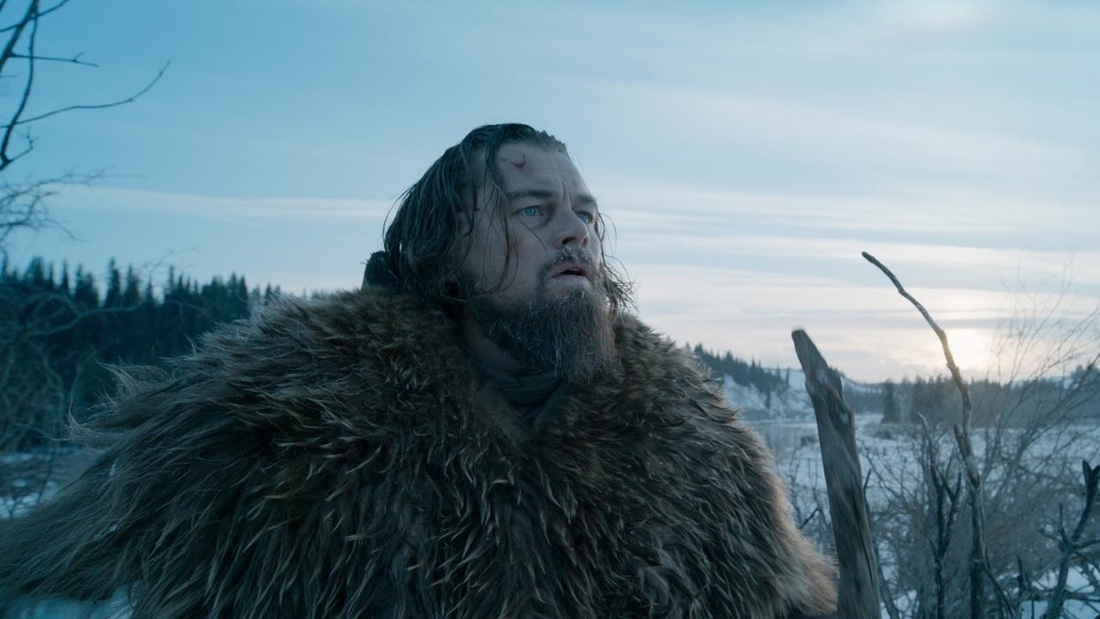

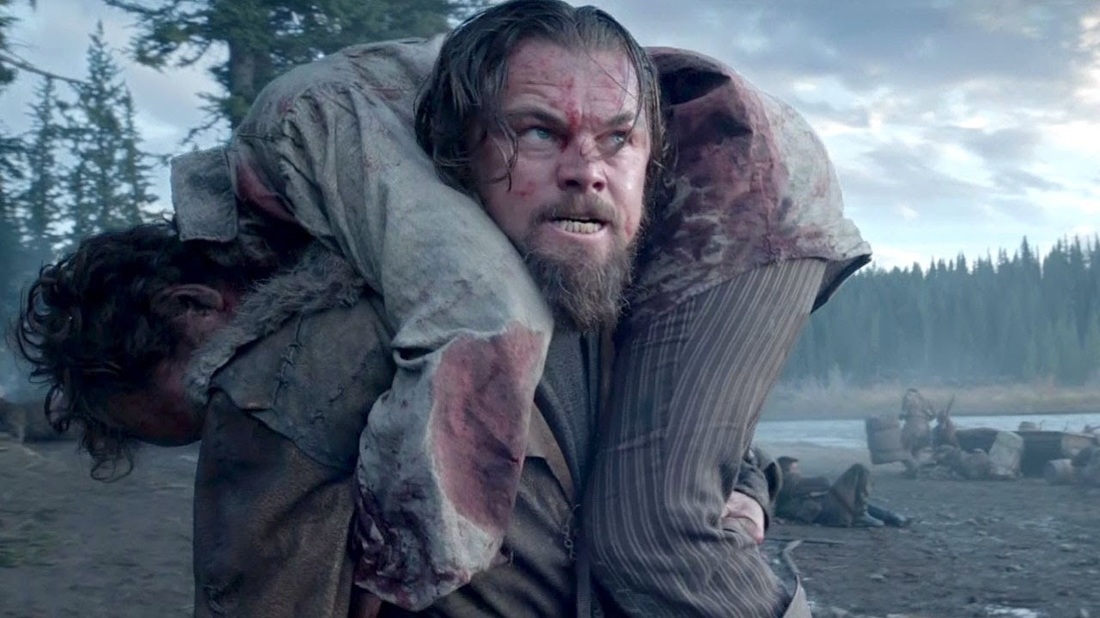

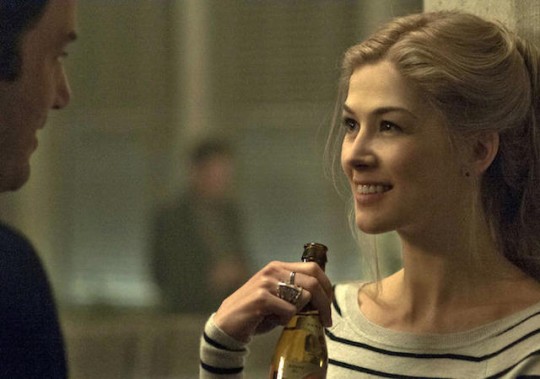
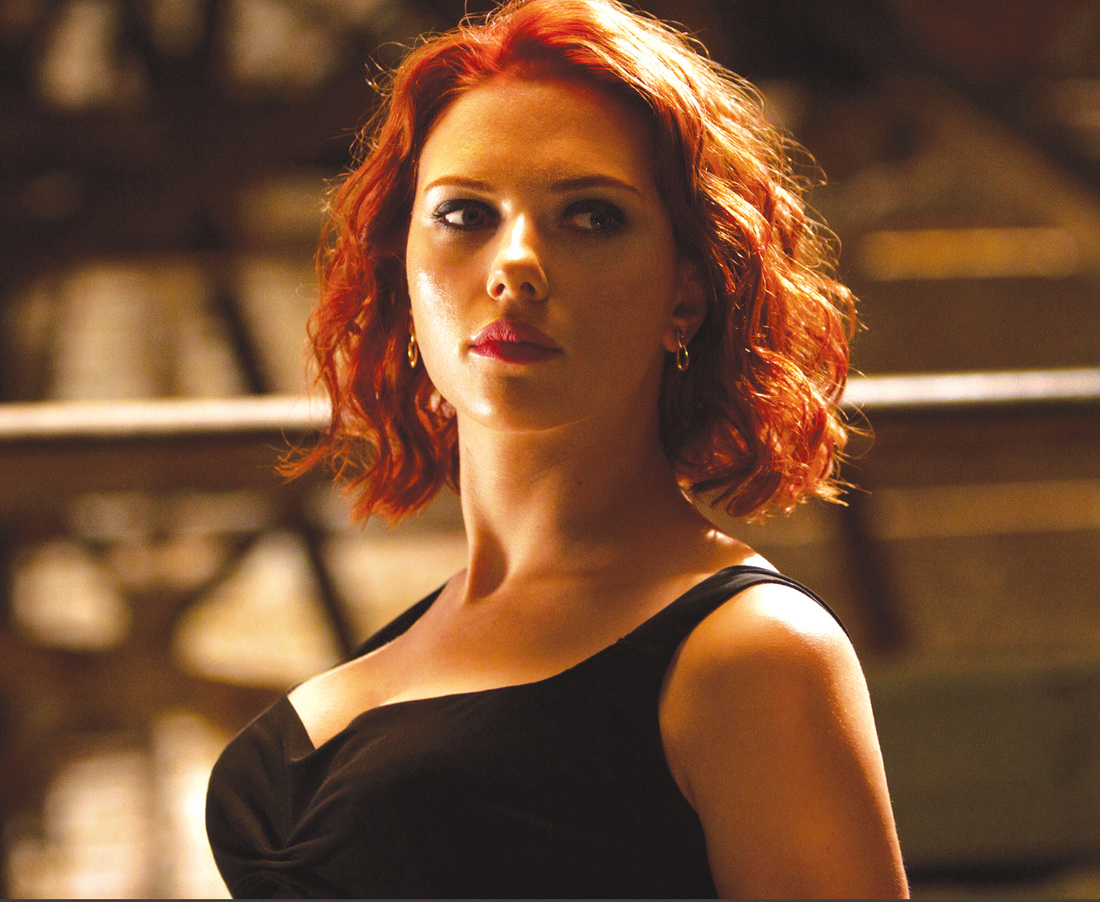
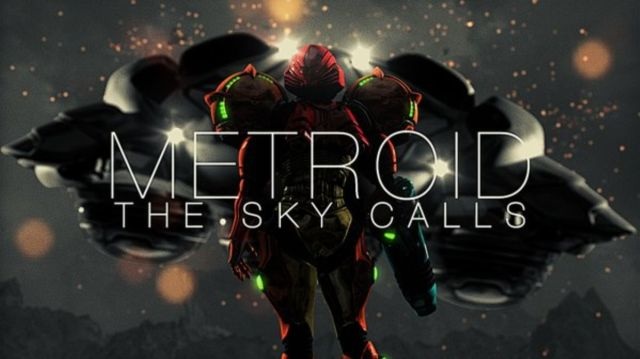

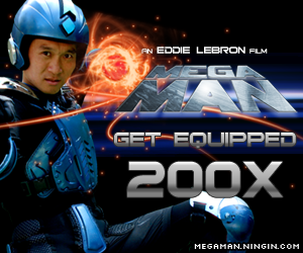
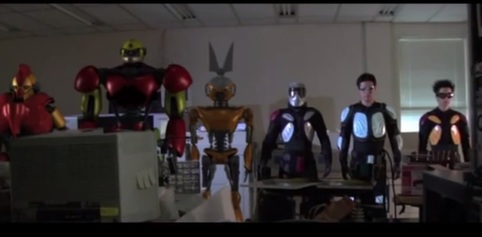
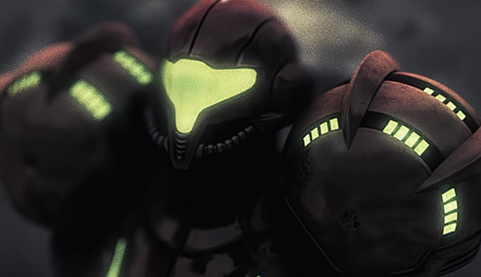

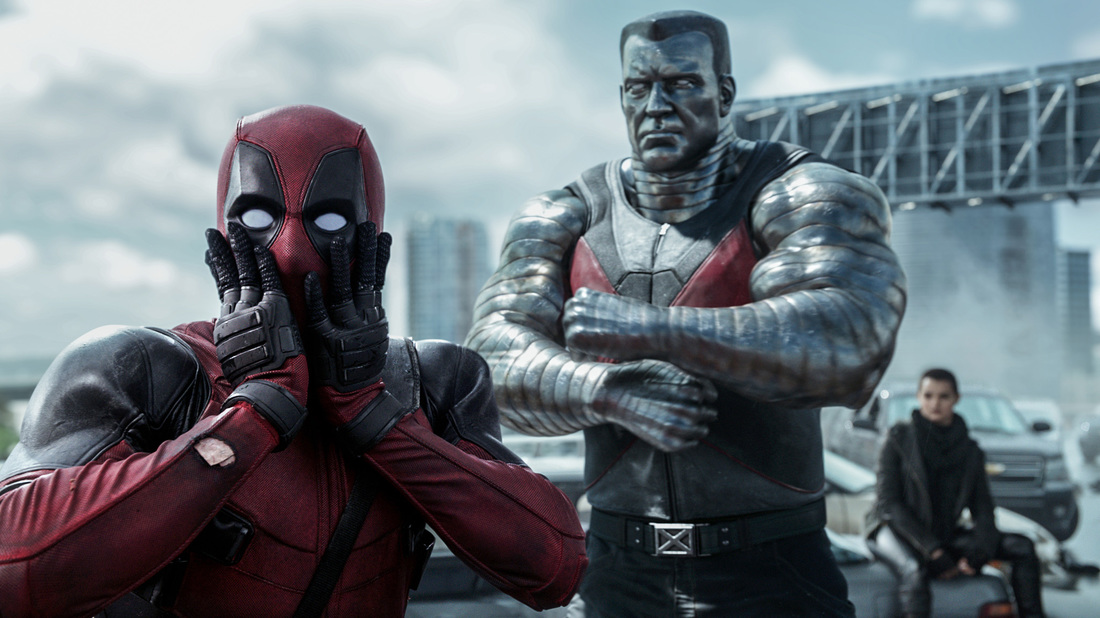

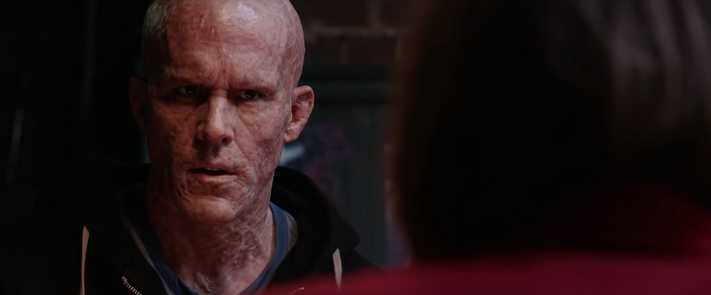
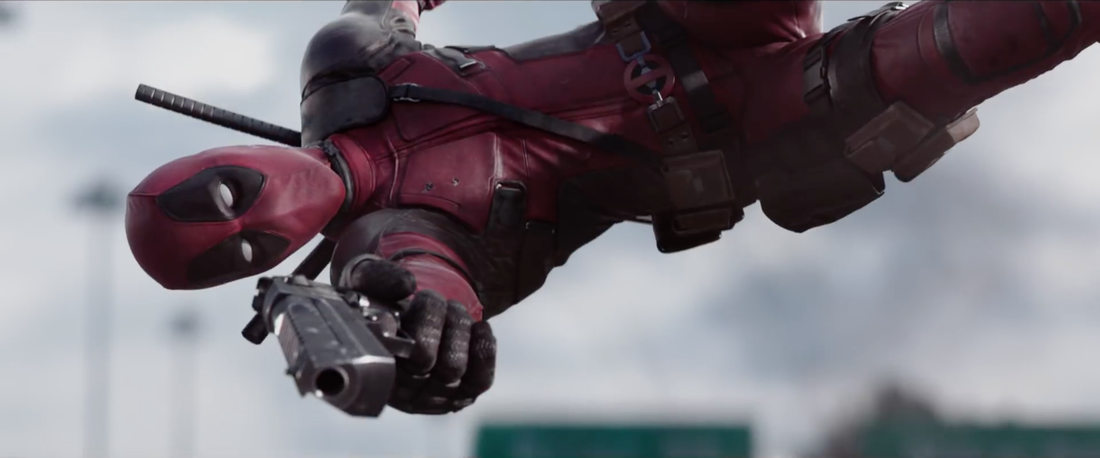

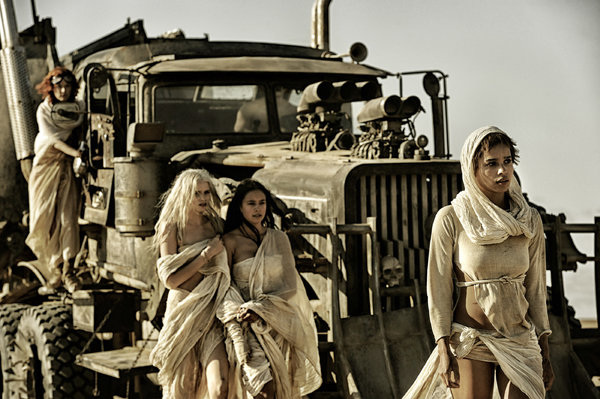
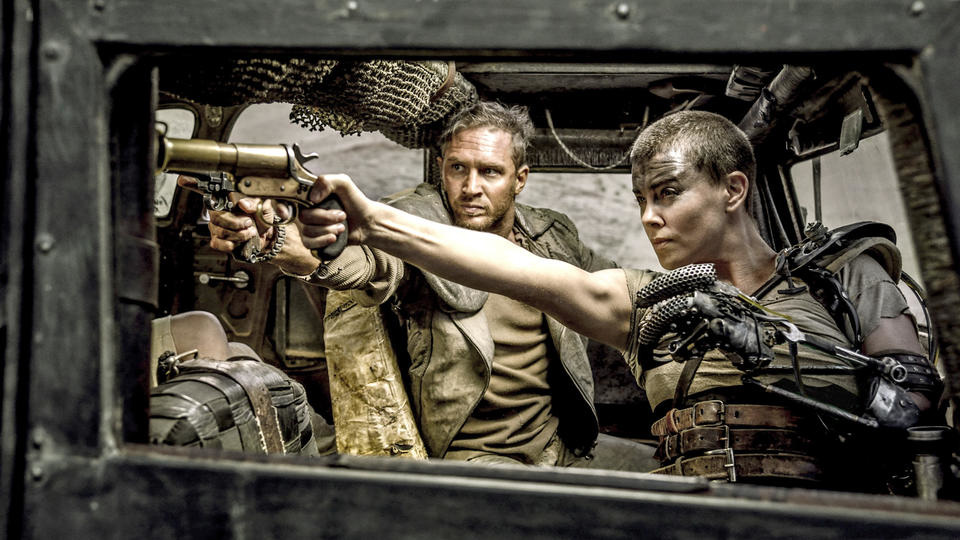
 RSS Feed
RSS Feed
